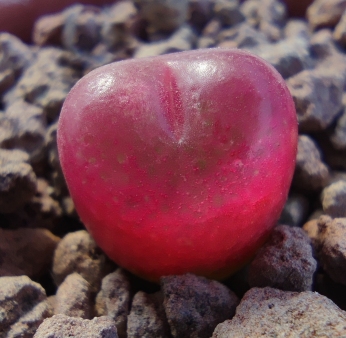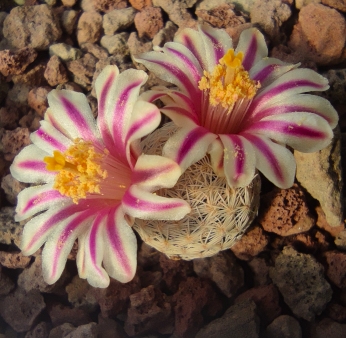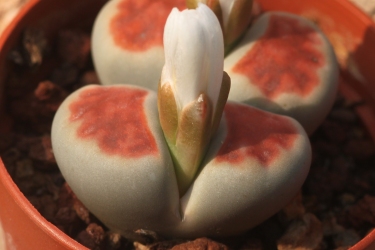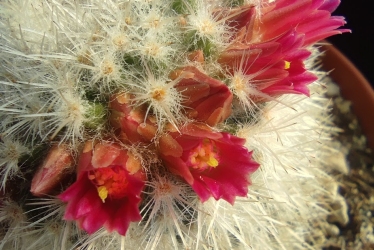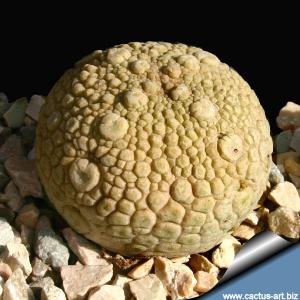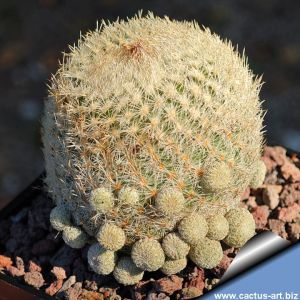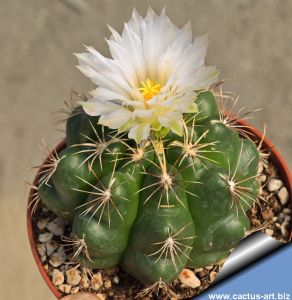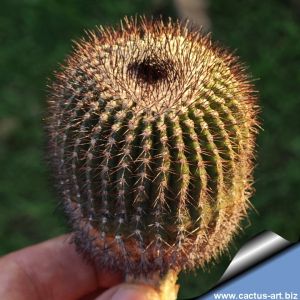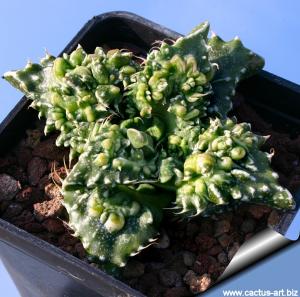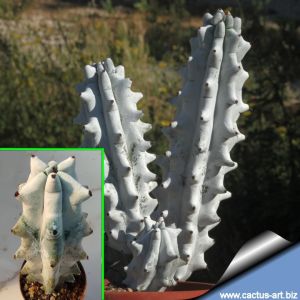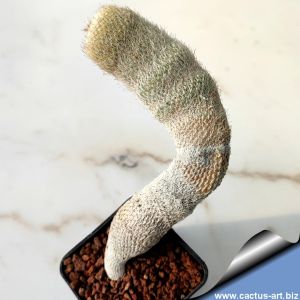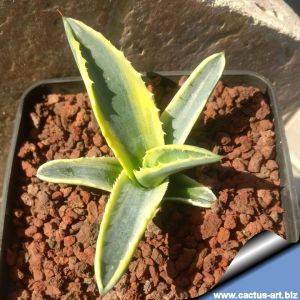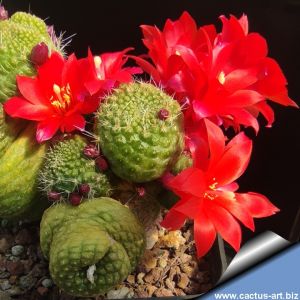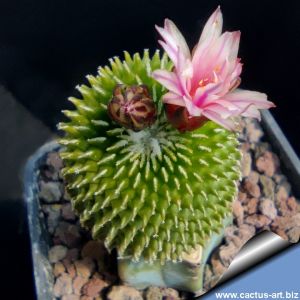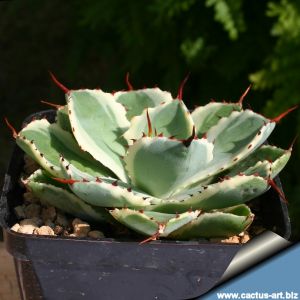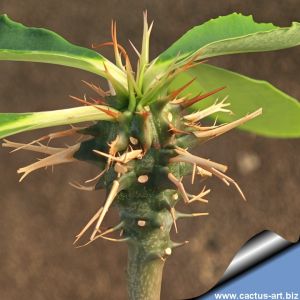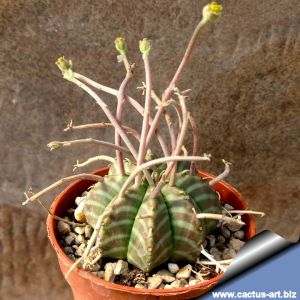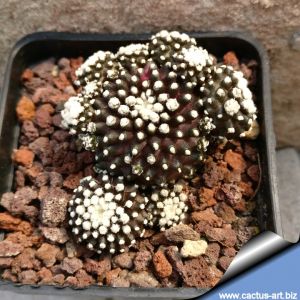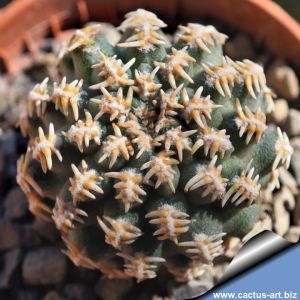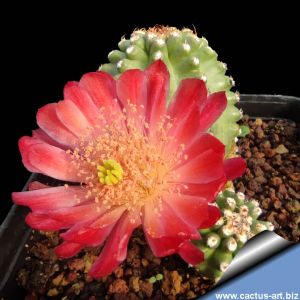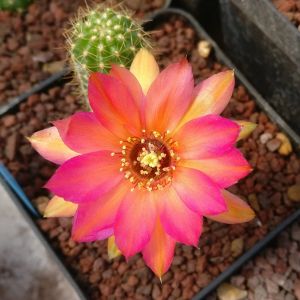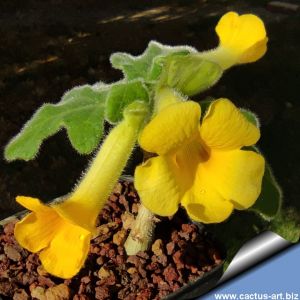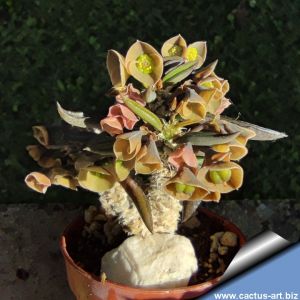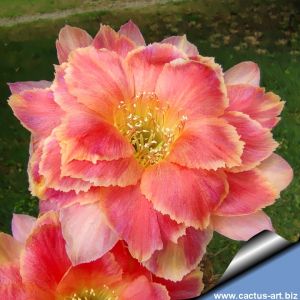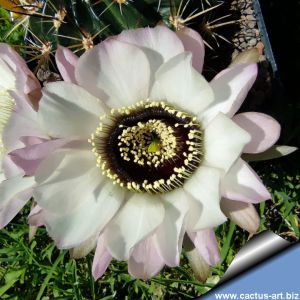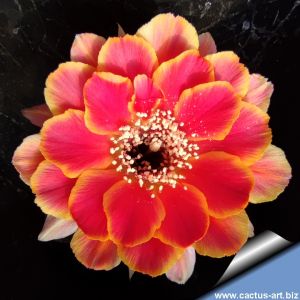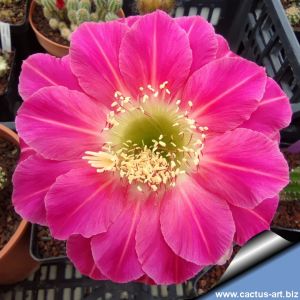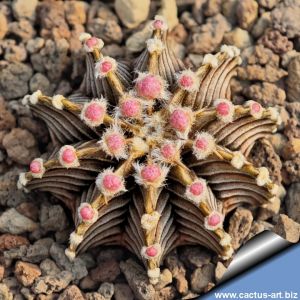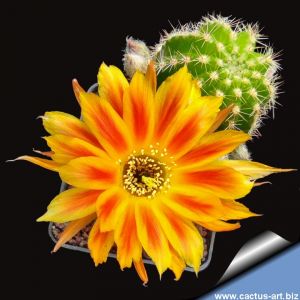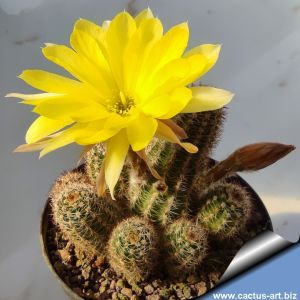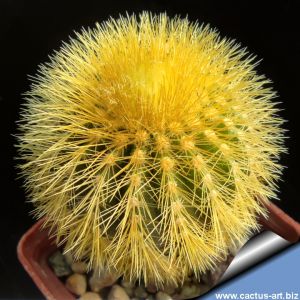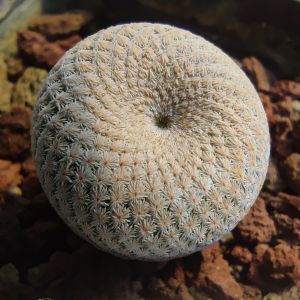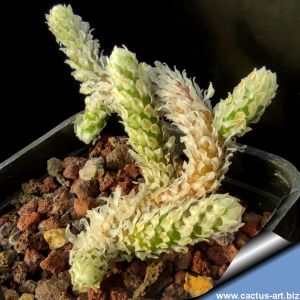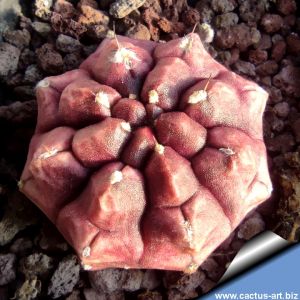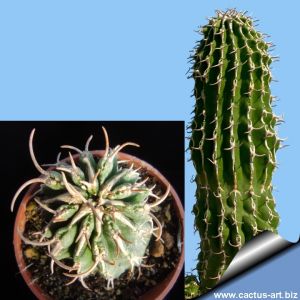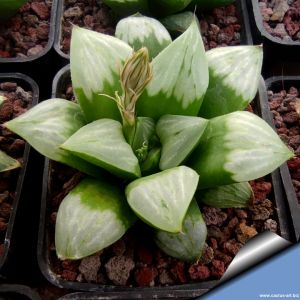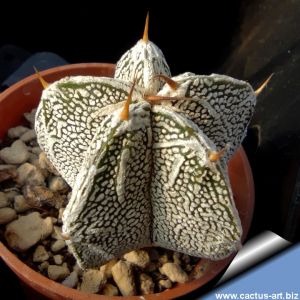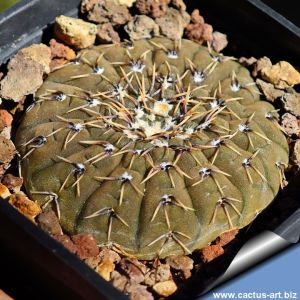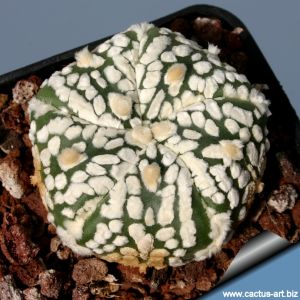-
x
Home page catalogo.
-
1Prezzo:16,50 €
-
2Prezzo:30,00 €
-
3Prezzo:18,00 €
-
4Prezzo:25,00 €
-
5Prezzo:5,40 €
-
6Prezzo:25,00 €
-
7Prezzo:22,50 €
-
8Prezzo:19,90 €
-
9Prezzo:13,50 €
-
10Prezzo:24,30 €
-
11Prezzo:22,50 €
-
12Prezzo:12,00 €
-
13Prezzo:13,50 €
-
14Prezzo:9,90 €
-
15Prezzo:12,00 €
-
16Prezzo:12,00 €
-
17Prezzo:18,90 €
-
18Prezzo:5,50 €
-
19Prezzo:12,00 €
-
20Prezzo:18,90 €
-
21Listino:15,00 €Prezzo:7,50 €Risparmi:7,50 € (50%)
-
22Listino:18,00 €Prezzo:15,84 €Risparmi:2,16 € (12%)
-
23Listino:22,50 €Prezzo:19,80 €Risparmi:2,70 € (12%)
-
24Prezzo:23,00 €
-
25Prezzo:6,30 €
-
26Prezzo:14,00 €
-
27Prezzo:13,20 €
-
28Prezzo:18,00 €
-
29Prezzo:16,50 €
-
30Prezzo:5,70 €
-
31Prezzo:25,00 €
-
32Prezzo:26,99 €
-
33Prezzo:7,00 €
-
34Prezzo:16,50 €
-
35Prezzo:4,80 €
-
36Prezzo:12,00 €
Promozioni
-
da lunedì 12 gennaio 2026 a domenica 18 gennaio 2026Sconto Lampo. questa settimana, 12% di sconto su una vasta selezione di cactus
-
da lunedì 29 dicembre 2025 a sabato 31 gennaio 2026SPAZIO AL NUOVO: Ultimi esemplari prima delle novità 2025! PIANTE GRASSE & CACTUS AL 50% DI SCONTO. Per tutto gennaio.
Vendita di cactus e piante succulente per corrispondenza.
La cactus art art è una piccola azienda a conduzione familiare che produce e vende esclusivamente per corrispondenza. Al momento le piante che possiamo fornire sono esclusivamente quelle indicate nel presente catalogo on-line.
SPEDIZIONE:
Il tempo di transito stimato è di 24–48 ore in tutta Italia. A discrezione del vivaio, in base alla stagione e alla tipologia di prodotto acquistato, può essere deciso di non spedire a ridosso del weekend per evitare soste prolungate nei magazzini logistici.
La spedizione viene generalmente effettuata entro 1–3 giorni dal ricevimento del pagament
IMBALLAGGIO: Tutte le piante sono spedite a RADICE NUDA. Uno dei punti di forza del vivaio è la cura con cui le piante sono imballate, con tecniche specifiche, studiate appositamente per questo tipo di prodotto.
SPEDIZIONE INTERNAZIONALE: Le piante possono essere ordinate da qualunque nazione, ma al amomento noi gatrantiamo una consegna solo verso le nazioni UE (European Union countries).



